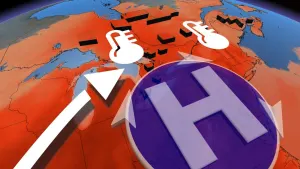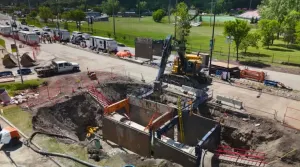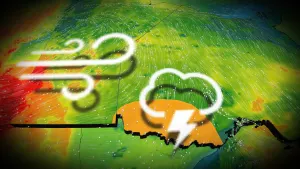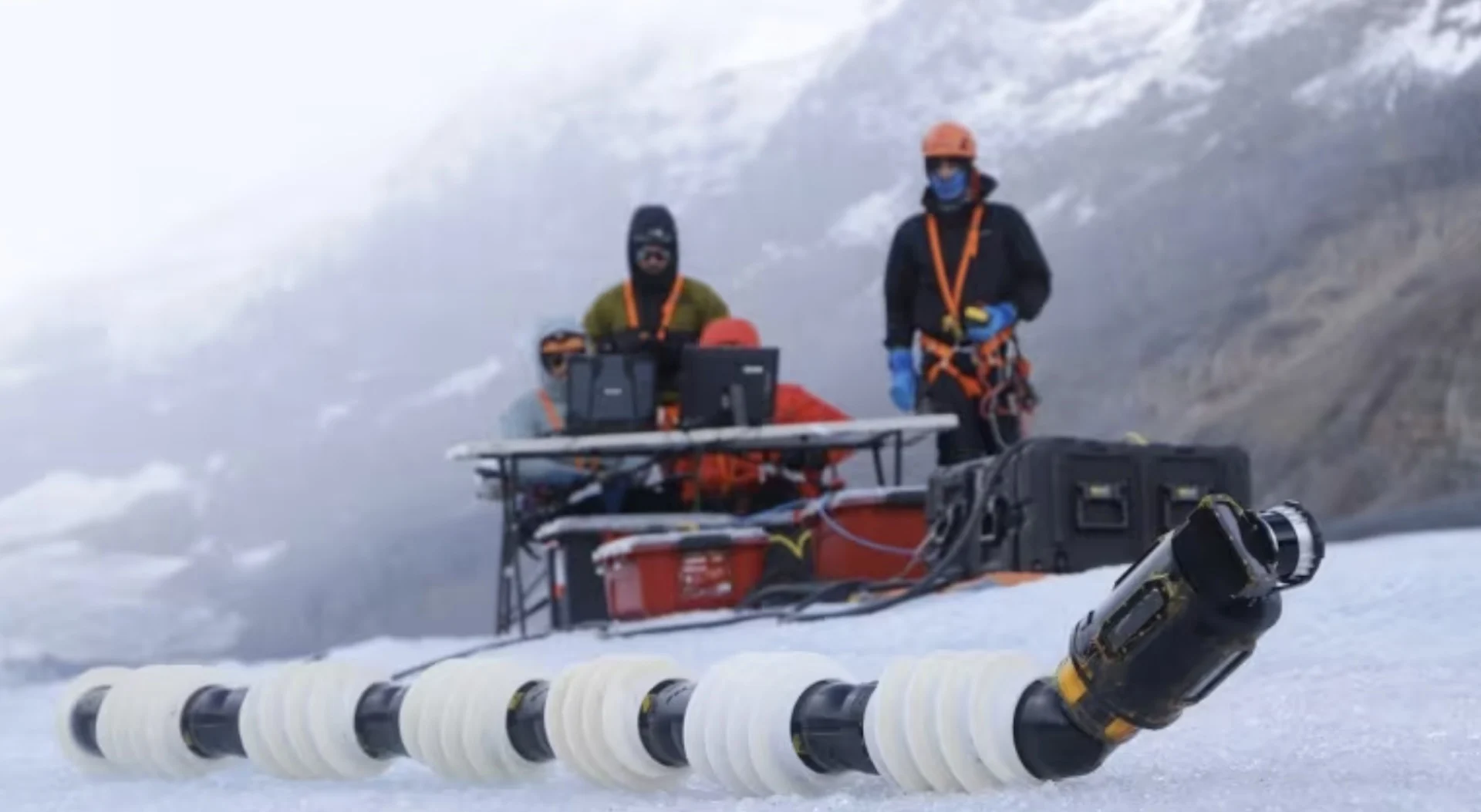
Alberta glacier used as NASA training ground for robotic snake
A snake-like robot spent a few weeks in Jasper National Park this fall as its NASA handlers trained it for an future mission into outer space.
The Exobiology Extant Life Surveyor, also known as EELS, is a project developed by NASA's Jet Propulsion Laboratory (JPL). It spent a few weeks being tested at Athabasca Glacier, one of the biggest toes of the massive Columbia Icefield in Alberta.
DON'T MISS: NASA's Mars missions go quiet as Red Planet slips behind the sun
As its name conveys (exobiology means life outside of Earth; extant means still in existence), the robot will one day slither through other planets as it searches for evidence of life.
"Yes, it is a giant robotic snake," said Morgan Cable, the science lead of JPL's EELS robotics project. "In this case it's not just an acronym, but a backronym." That's when a descriptive phrase is made to conform to a name as an acronym.
EELS is modular, with cylindrical sections that have their own rotating "screw-like" rings, said Cable.
The team can manipulate the rings to change how EELS moves — for example, using them to grip on ice or mimic the natural movement of real snakes. The robot's movements include straightforward slithering, a screw-like motion and a sideways gait.
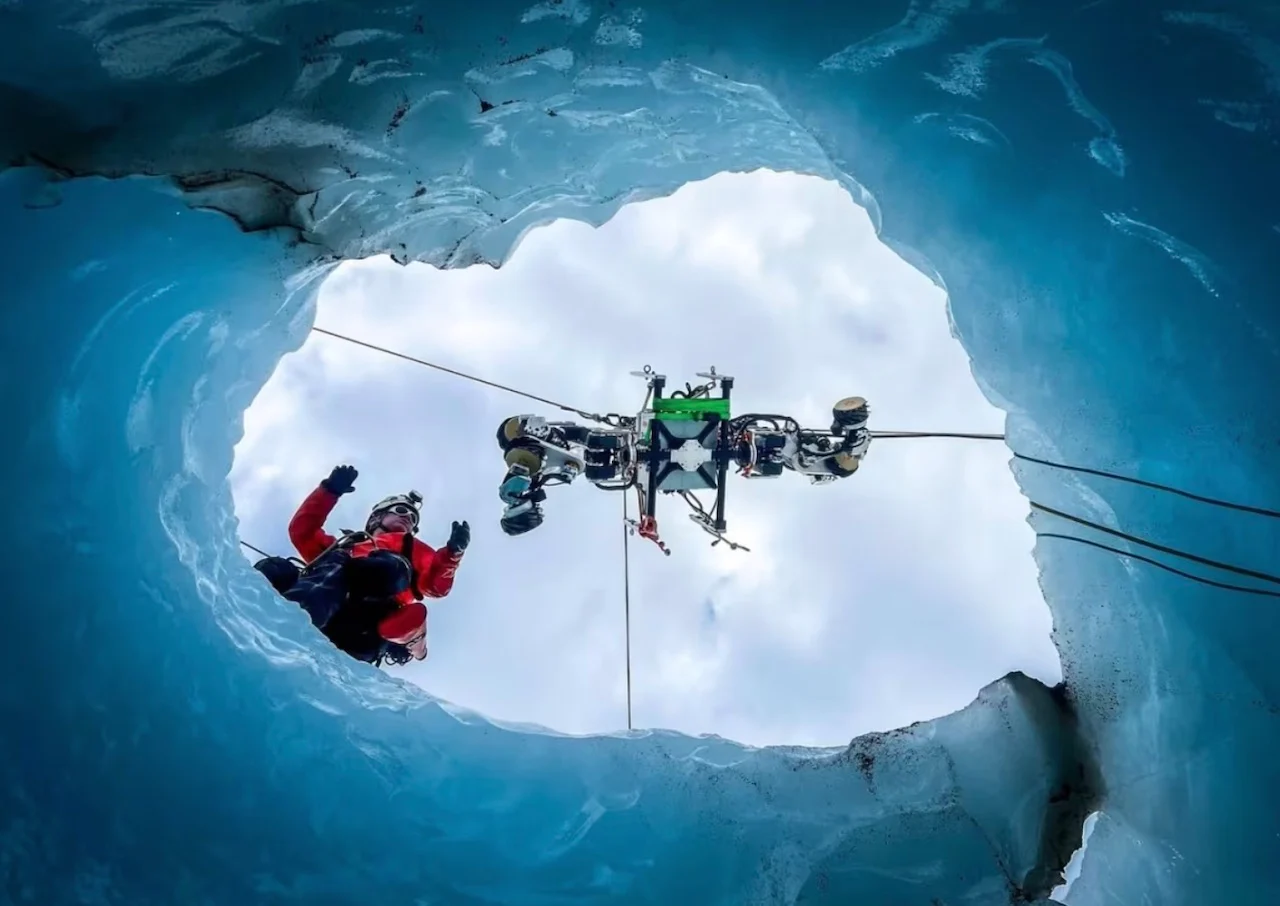
Version 1.5 of JPL’s EELS robot gets lowered by rope into a vertical shaft on the Athabasca Glacier. (NASA/JPL--Caltech)
These different moves mean that EELS can push up against walls, navigating through challenging and hard-to-fit-into channels like ones on the Athabasca Glacier.
"It was really exciting," said Cable."We're finding that life may be in the hard-to-reach places, in cracks or crevices, maybe down in caves. Places where traditional Rovers can't go."
This is the second time EELS has been brought to the Athabasca Glacier. The glacier's natural cracks, crevasses and moulins — large, vertical well-like shafts — were used to test the robot's movement capabilities.
As the most-visited glacier in North America, the Athabasca is also eminently accessible, allowing for easy transport of heavy and often complicated pieces of the robot and prototypes to the field site.
Over its three weeks in Jasper National Park this fall, the NASA team tested the robot's horizontal and vertical mobility, and the instruments used to map and sense minerals in these deeper spaces.
Word of the NASA mission quickly spread through town.
"Everyone was just so enthusiastic," Cable said. "It was so neat to see that the work that we do is more than just one institution, one country. Everyone is excited about this exploration."
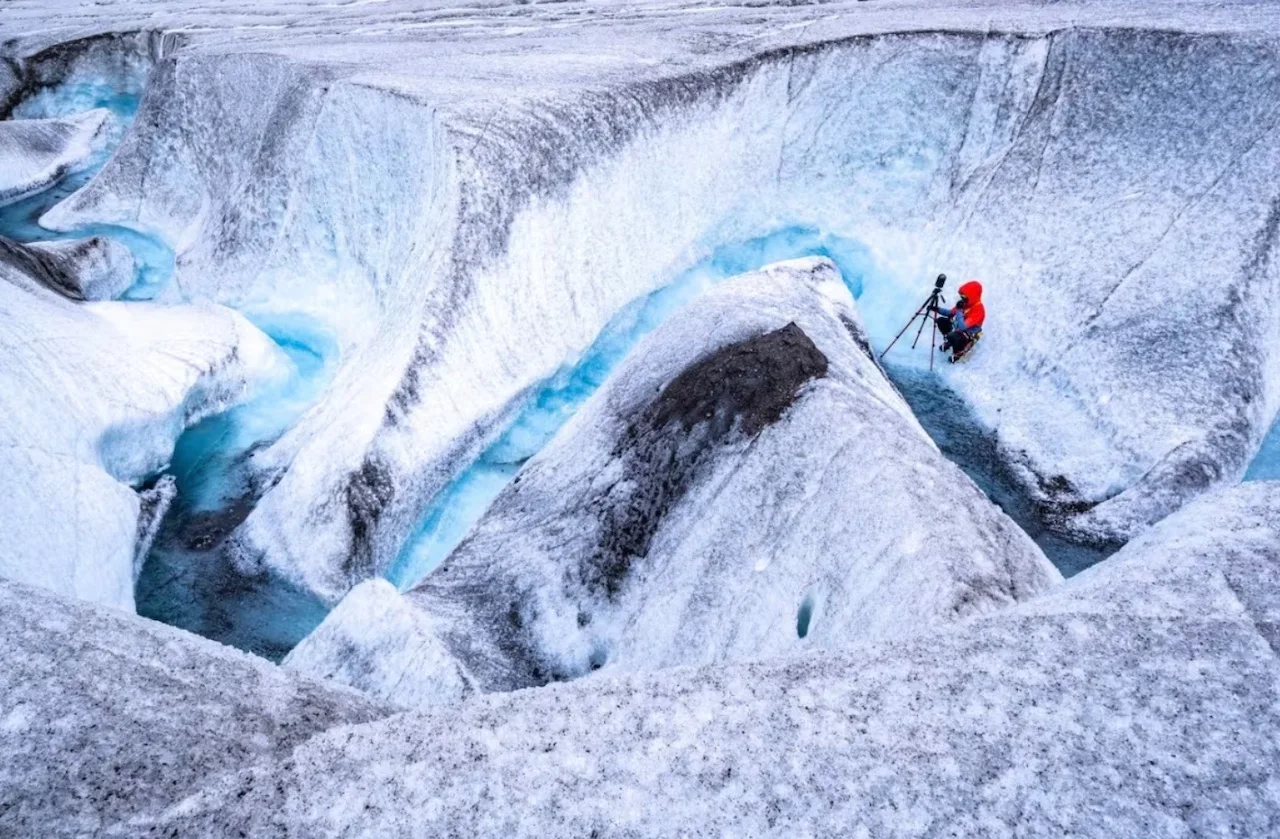
NASA science lead Morgan Cable works inside of a glacial channel during a September 2023 field test for EELS. The team tested instruments that would map areas underground, and test the mineral qualities of the water. (NASA/JPL-Caltech)
There are no set plans for EELS right now but NASA is preparing the technology so it's ready when the right opportunity arises. At the top of the list is exploring one of the moons of Saturn.
"This one moon of Saturn, Enceladus, is what we call an ocean world," Cable said.
The surface of the planet is a liquid water ocean, under a shell of ice. It's similar to Jupiter's moon Europa or the moon Triton, around Neptune.
But Enceladus has four giant cracks in its South pole that are effectively leaking.
"It's basically the universe's way of saying 'Hey NASA, you want to find out if there's any life in this ocean? Swing on by! Free sample!'" said Cable.
WATCH: What Alberta's glacier melt means for water supply in major cities
More than just a hope, Enceladus' measurements were used to design the size and shape of EELS segments so that the robot could access the ocean without the need for digging or drilling.
"It's fun to be able to send robotic explorers first to extend our senses out to places that people haven't gone yet," said Cable.
But given the chance, she'd happily go for a dip in Enceladus herself.
"Ultimately I think it's an incredible part of the human experience to go to these places ourselves, to experience them ourselves and to learn things that will impact humanity from now until till the far future."
Thumbnail courtesy of NASA/JPL-Caltech via CBC.
The story was originally written by Clare Bonnyman and published for CBC News. It contains files from Liam Harrap.







